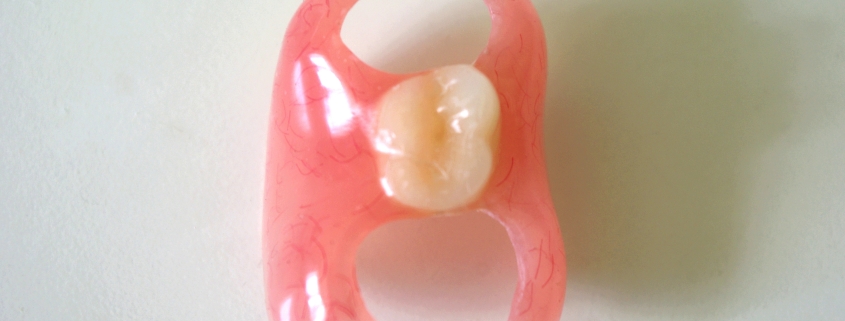Gum Reinforcement for Dentures
Dentures have long been a reliable solution for individuals with missing teeth, offering restoration of functionality and aesthetics. However, as time passes and the shape of the jaw changes, dentures may become less secure and uncomfortable. Fortunately, gum reinforcement techniques can help address these concerns, improving the stability and comfort of dentures. In this article, we will explore the concept of gum reinforcement and various methods used to enhance the fit and performance of dentures.
Understanding Gum Resorption
Gum resorption refers to the natural process of bone and tissue loss that occurs when natural teeth are missing. Over time, the jawbone and the gum tissue surrounding it can shrink, causing changes in the shape and structure of the mouth. This can lead to ill-fitting dentures, resulting in discomfort, difficulty speaking, and reduced chewing efficiency.
Gum Reinforcement Techniques
To overcome the challenges posed by gum resorption and enhance denture stability, several gum reinforcement techniques can be employed:
Relining: Relining involves adding a new layer of material to the underside of the denture base, which improves the fit and ensures a snug contact with the gums. This procedure is often recommended when the denture base becomes loose due to bone resorption.
Rebasing: Rebasing is a process that involves replacing the entire denture base with a new one while retaining the existing artificial teeth. This technique is suitable when the artificial teeth are still in good condition, but the base needs improvement.
Implant-supported Dentures: Implant-supported dentures offer an innovative solution to stabilize dentures in the mouth. Dental implants are surgically placed into the jawbone, and the dentures are securely attached to the implants using special connectors. This provides a firm foundation, significantly improving stability and preventing bone loss.
All-on-4 Treatment Concept: The All-on-4 treatment concept involves the placement of four dental implants to support a full arch of teeth. This technique provides enhanced stability and functionality, reducing the need for adhesive creams or pastes.
Benefits of Gum Reinforcement
Gum reinforcement techniques offer several benefits for individuals with dentures:
Improved Stability: Gum reinforcement procedures address the issue of loose or ill-fitting dentures, ensuring a secure and stable fit. This enhances the confidence of denture wearers, allowing them to speak, chew, and smile with ease.
Enhanced Comfort: By eliminating denture movement and friction, gum reinforcement techniques minimize sore spots, irritation, and discomfort often associated with ill-fitting dentures. This promotes a more pleasant and pain-free denture-wearing experience.
Increased Chewing Efficiency: Denture stability improves the ability to chew a variety of foods. Reinforcing the gums allows for better bite force distribution, enabling individuals to enjoy a wider range of nutritious foods, supporting overall health and well-being.
Preservation of Facial Structure: Gum reinforcement techniques help maintain the bone and tissue structure of the jaw, preventing further resorption and preserving the natural contours of the face. This contributes to a more youthful appearance and prevents the sunken-in look often associated with extensive bone loss.
Consultation with a Dental Professional
If you are experiencing discomfort or have concerns about the stability of your dentures, it is crucial to consult with a dental professional experienced in gum reinforcement techniques. They will evaluate your specific needs, discuss the most suitable options, and create a personalized treatment plan to address your concerns effectively.
Gum reinforcement techniques play a vital role in enhancing the stability and comfort of dentures. Whether through relining, rebasing, or implant-supported solutions, these techniques provide individuals with a renewed sense of confidence, improved oral functionality, and enhanced overall well-being.

